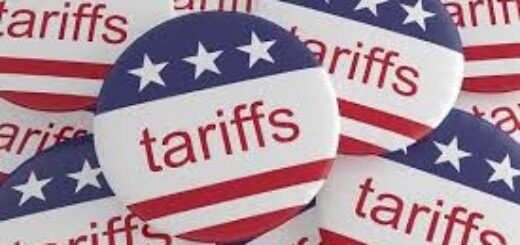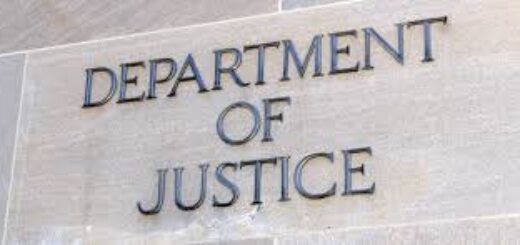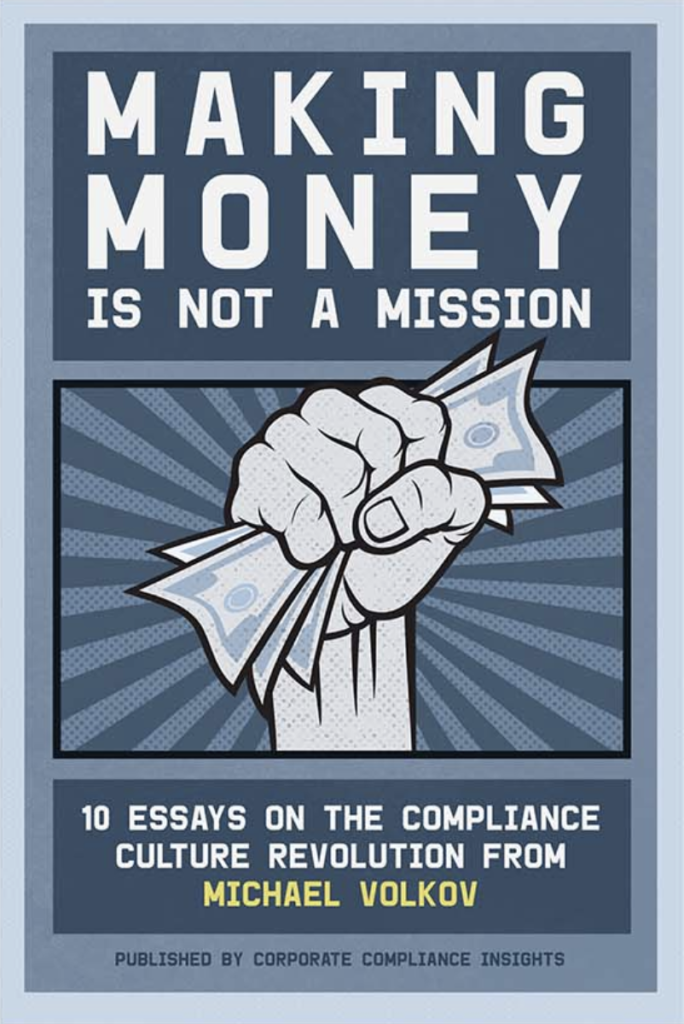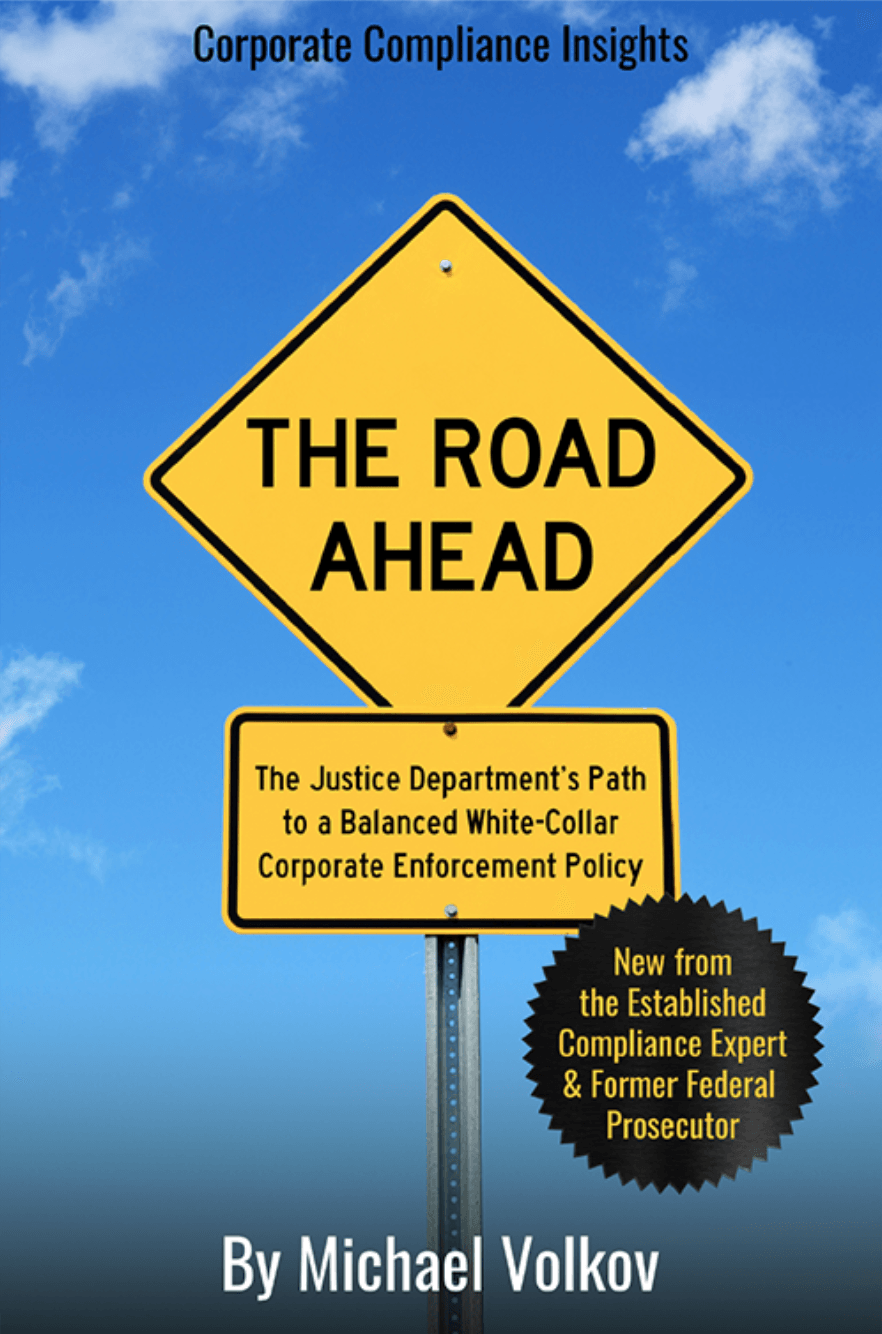The Rising Threat of Trade Secrets Theft
 One of the drawbacks of a global economy is the rise in trade secret theft. In the absence of a seamless global enforcement infrastructure foreign actors have had little fear of being caught and suffering any consequences. When competition gets tough, some bad actors – foreign governments or company employees — like to steal trade secrets in an attempt to catch up in the marketplace.
One of the drawbacks of a global economy is the rise in trade secret theft. In the absence of a seamless global enforcement infrastructure foreign actors have had little fear of being caught and suffering any consequences. When competition gets tough, some bad actors – foreign governments or company employees — like to steal trade secrets in an attempt to catch up in the marketplace.
The FBI has now listed economic espionage and trade thefts as its second law enforcement priority just below terrorism. That is quite a statement when you think about the increasing amount of white collar fraud and other economic crimes.
There is little doubt that the Justice Department is increasing its focus on criminal trade secret prosecutions. Companies need to act quickly in response to a possible misappropriation of trade secrets. Almost all of the cases involve employees or other parties who have authorized access to the information and then steal it.
One significant case last year was the case, US v. Alenyikov, where the Second Circuit reversed Alenyikov’s conviction for stealing source code for Goldman Sach’s high frequency trading program because of a limitation in the statute. Congress quickly responded by amending the statute to clarify that the theft of products “used in” interstate or foreign commerce fell within the statute.
The Justice Department had some significant wins in the prosecution of an individual for stealing information regarding chemical compounds developed by her former employer, Sanofi Aventis; an ex-Motorola employee’s theft of confidential documents on her way to China to start a new job; a project engineer who accessed a supplier’s trade secrets and downloaded them onto his laptop; a senior scientist who accessed his company’s chemical resource notebook and copies the formula for a product and sent it to his brother-in-law who was setting up a competing pharmaceutical company; a contract employee for the Federal Reserve Bank of New York who downloaded proprietary software code owned by the US government; an ex-software engineer who downloaded trade secrets and source code from his company used as a trading platform; a former GM engineer who stole trade secret information about hybrid vehicles and used it with her husband when starting a new company which was engaged in the same business.
On the civil side, trade secret litigation stretched into the purview of the Computer Fraud and Abuse Act and social media, raising interesting issues of concern for companies. A civil cause of action under the CFAA hinges on proving “unauthorized access” (or “exceeding authorized access”) to a computer. Applying that term in today’s information world is very difficult and courts continue to struggle with the meaning of the term. The split in circuits centers on whether unauthorized access by itself without any improper use of the information is itself actionable or whether the unauthorized user has to breach a duty to the victim of the intrusion.
 In the social media realm, many states have prohibited employers from requiring their employees to provide them with passwords to their social media accounts. Employers claim that they need access to such accounts to ensure that trade secrets are not disclosed by employees on their social media networks. This tension has led to numerous civil actions where employee discipline actions are based on trade secret claims and employees counter with privacy and labor relations claims.
In the social media realm, many states have prohibited employers from requiring their employees to provide them with passwords to their social media accounts. Employers claim that they need access to such accounts to ensure that trade secrets are not disclosed by employees on their social media networks. This tension has led to numerous civil actions where employee discipline actions are based on trade secret claims and employees counter with privacy and labor relations claims.
Courts are starting to impose requirements on plaintiff companies to identify with particularity the trade secret at issue early in the litigation proceeding. Courts are reluctant to rely on bare claims or general claims of trade secret protection. Companies have to navigate difficult pleading and disclosure rules to protect their trade secrets while at the same time claiming that they acted out of fear of losing their trade secrets.















